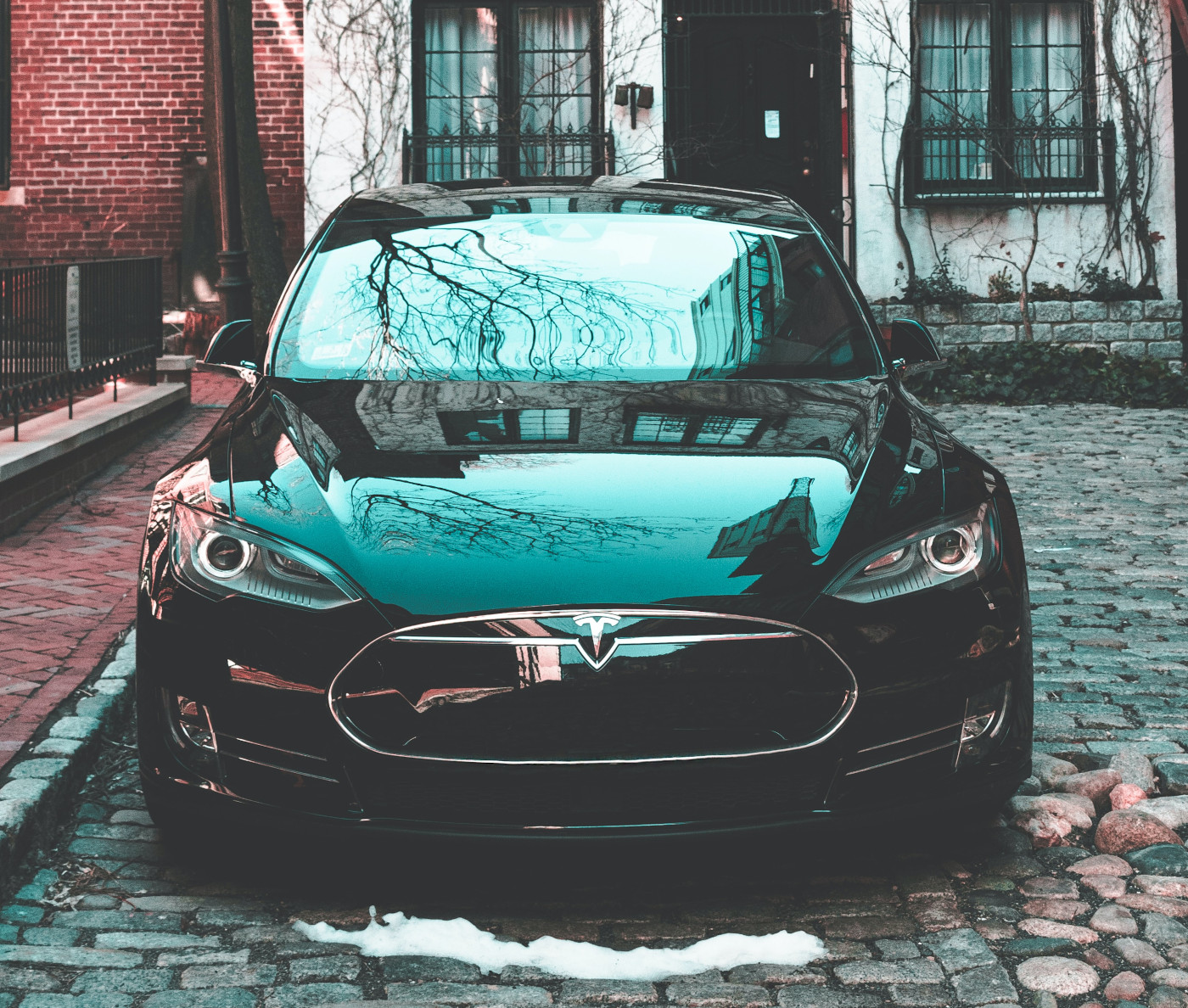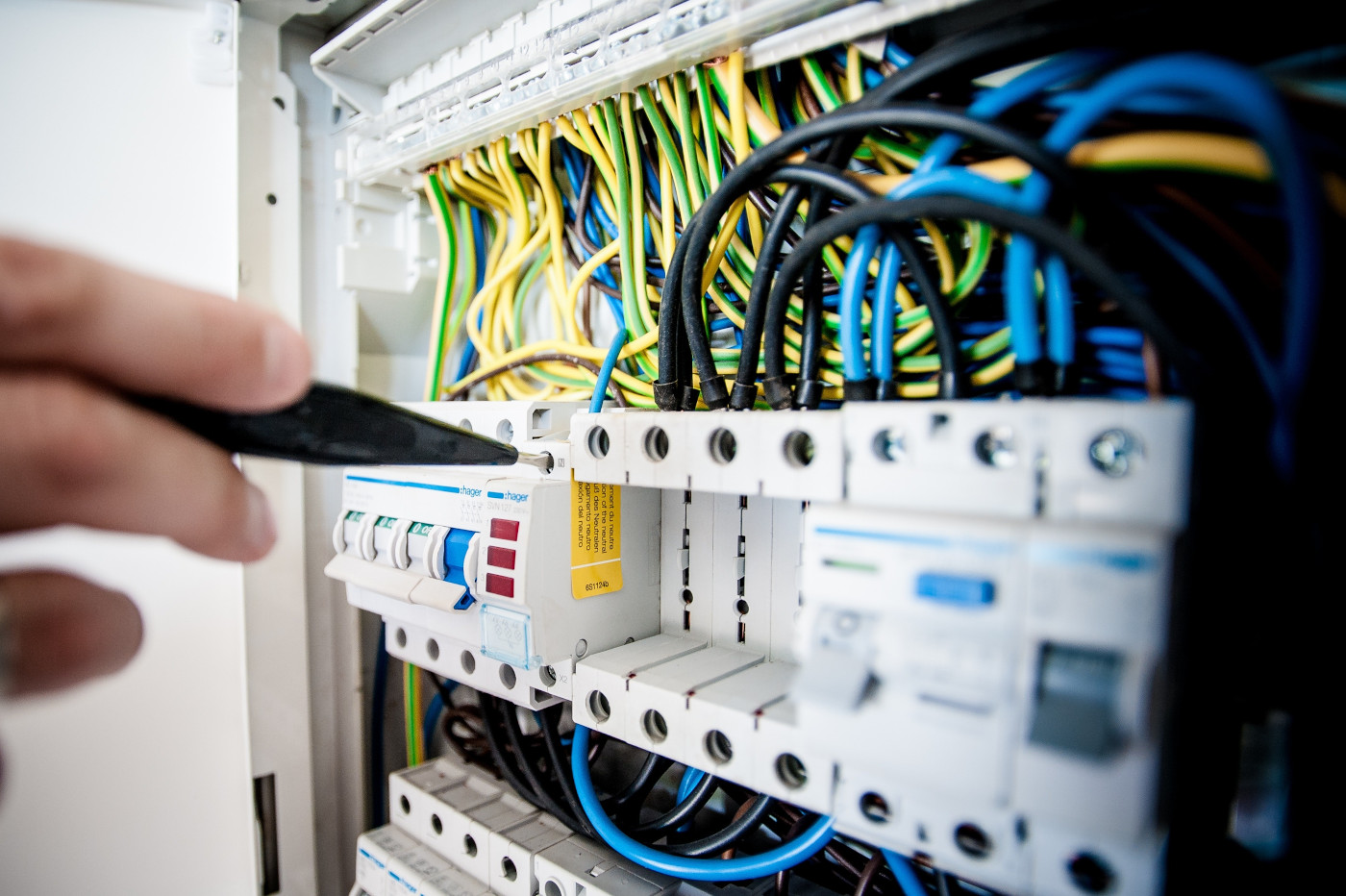Travel further with less electricity
SiC power devices have long been considered a perfect fit to electric vehicles (EVs). Toyota is the first to start road trials using SiC MOSFETs to drive traction motor in 2015.
Later, Honda’s fuel cell vehicles Clarity became the first mass-production vehicles adopting SiC instead of Si for the main inverter in 2017.
- Honda Clarity Fuel Cell: The Ultimate Zero-emissions Vehicle Technology and EPA Range of 366miles, up 58 Percent over the Previous Model
And then, in 2018, Tesla became the first electric vehicle (EV) maker using SiC MOSFETs to replace Si IGBT in main inverters for its Model 3. Because of the popularity of Model 3 (total sales in 2019 over 300,000, about 13.6% of global plug-in vehicles sales), SiC is quickly taking the market share originally occupied by Si IGBT in electric vehicles.
- About the SiC MOSFETs Modules in Tesla Model 3
- Is Tesla’s Production Creating a SiC MOSFET Shortage?
- Global EV Sales for 2019 Now In: Tesla Model 3 Totally Dominated
Tesla Model 3 uses 24 small modules of 650V SiC MOSFETs provided by ST Microelectronics for its 150kW main inverter. Other major SiC manufacturers such as Cree/Wolfspeed, Rohm and Infineon have also announced collaborations with other automakers and tier 1 automotive suppliers.
With SiC inverters, it is possible to extend the range of EVs by 6~10% with the same size of battery pack, or maintain the same range with a smaller battery because of its high efficiency and high frequency operation capability. This gives automakers incentives strong enough to replace traditional Si parts even though SiC MOSFETs are still more expensive than Si IGBTs. It is unclear how soon other automakers will keep up with Tesla to replace Si IGBTs by SiC MOSFETs in their EVs, but it can be sure that SiC will continue to replace Si in EVs, not just in main inverters, but also on-board chargers (OBC) and DC/DC converters, probably faster than anticipated.





